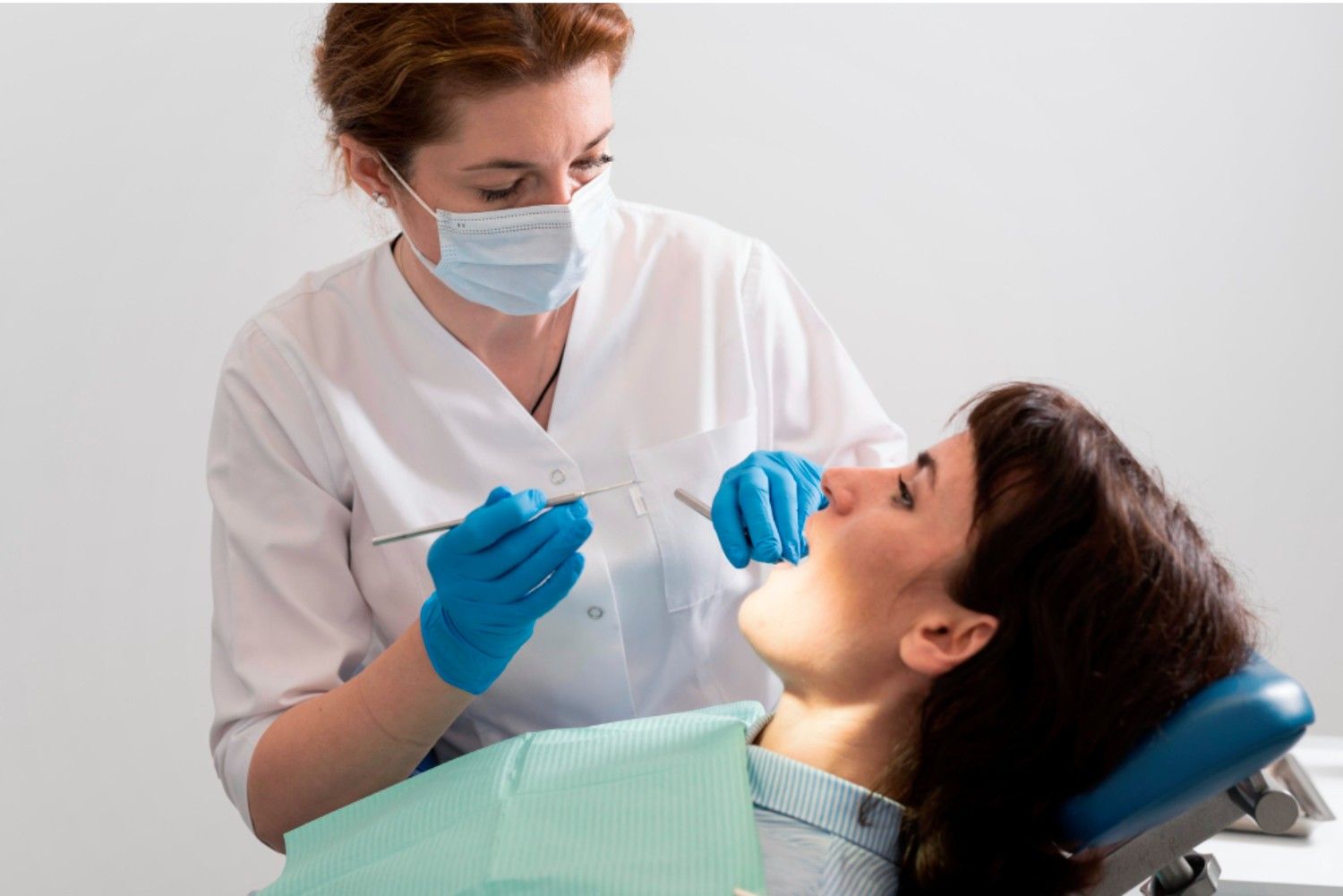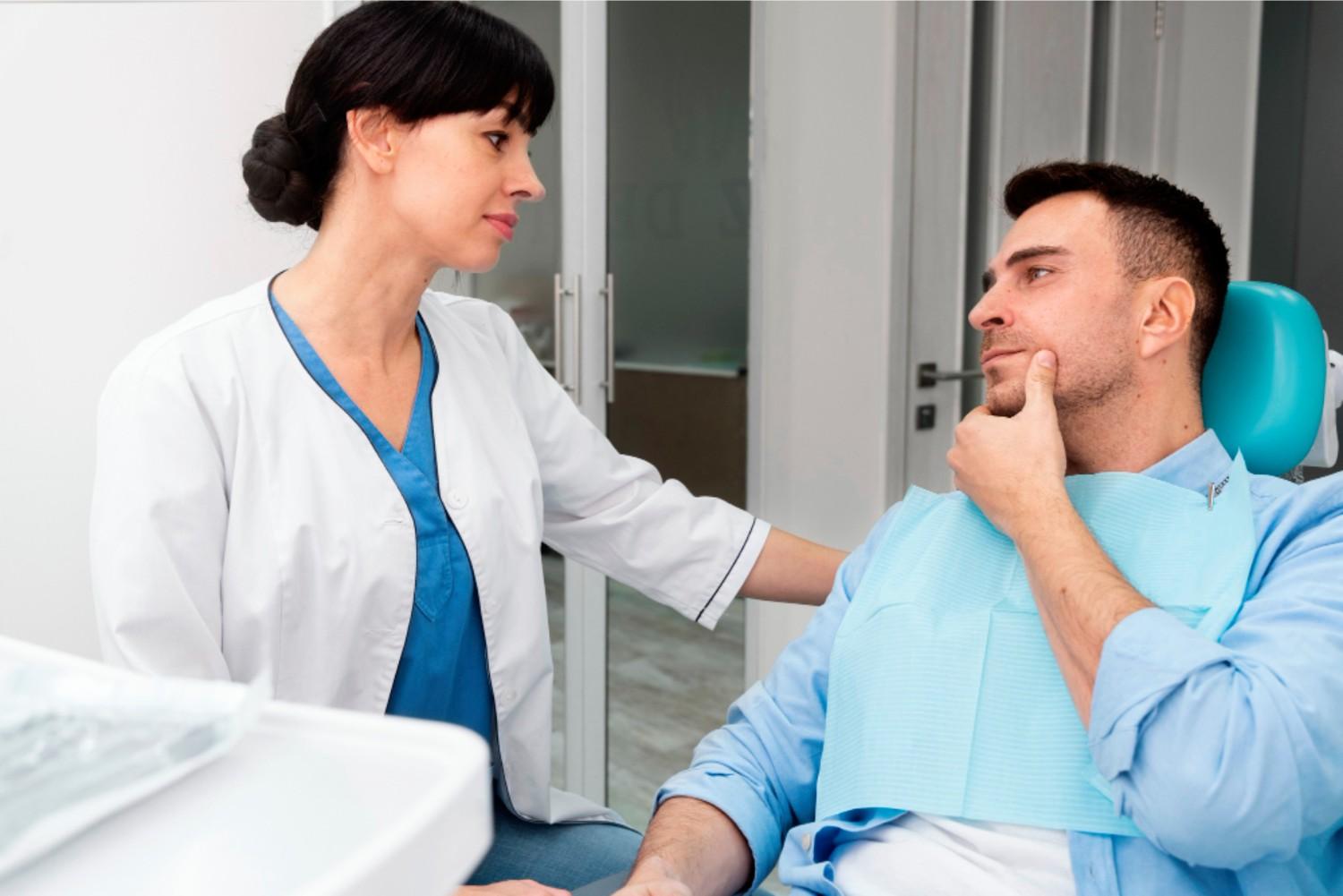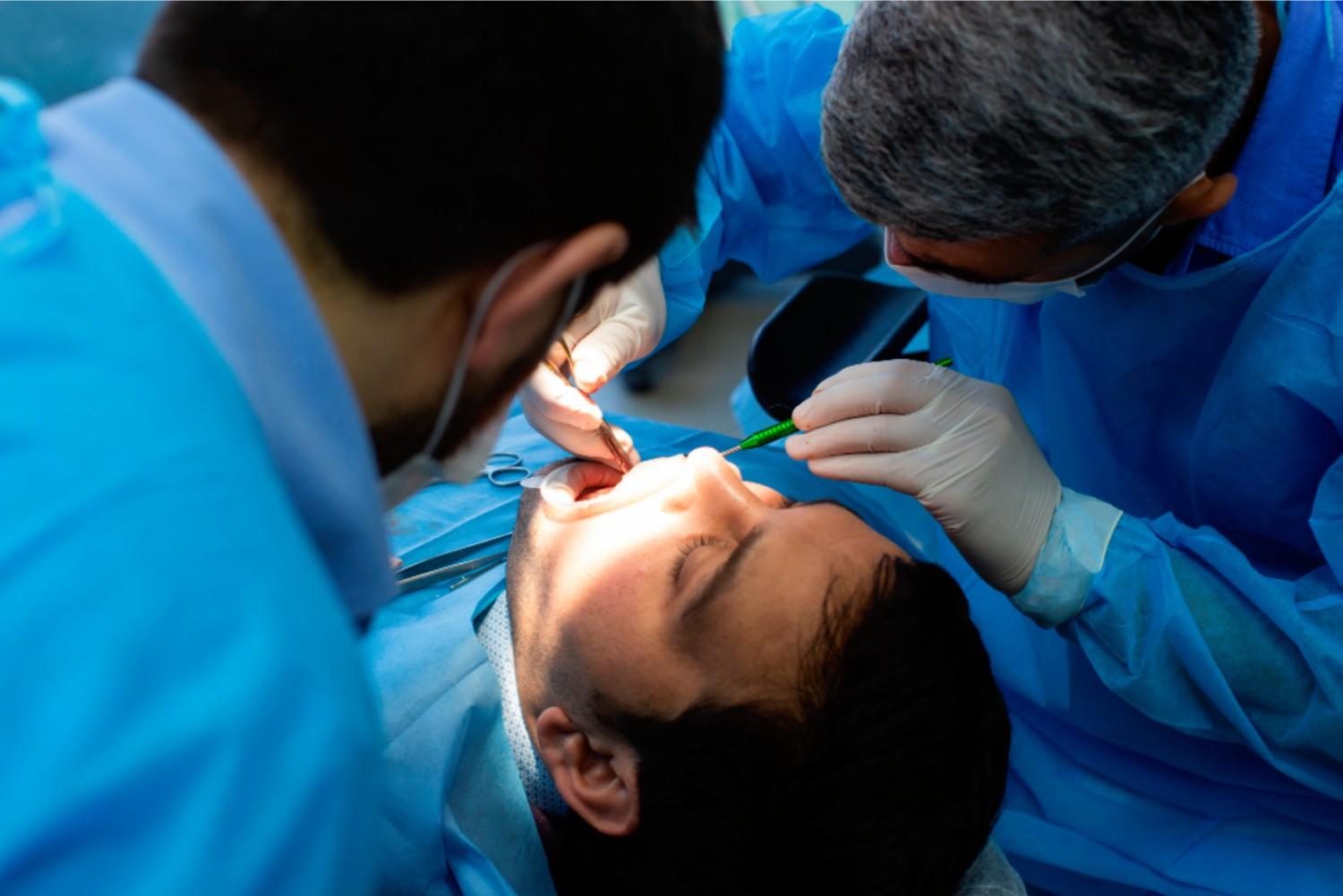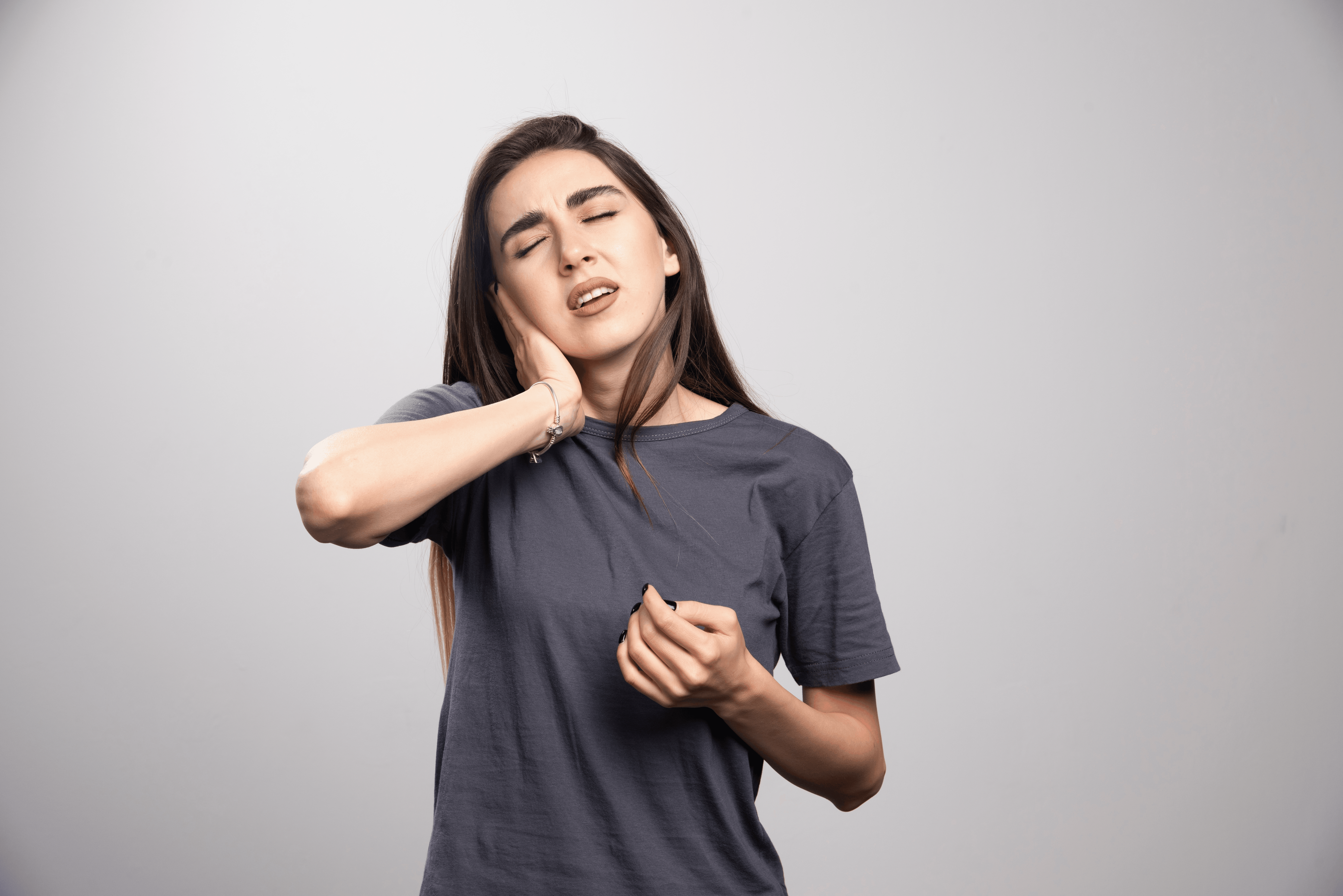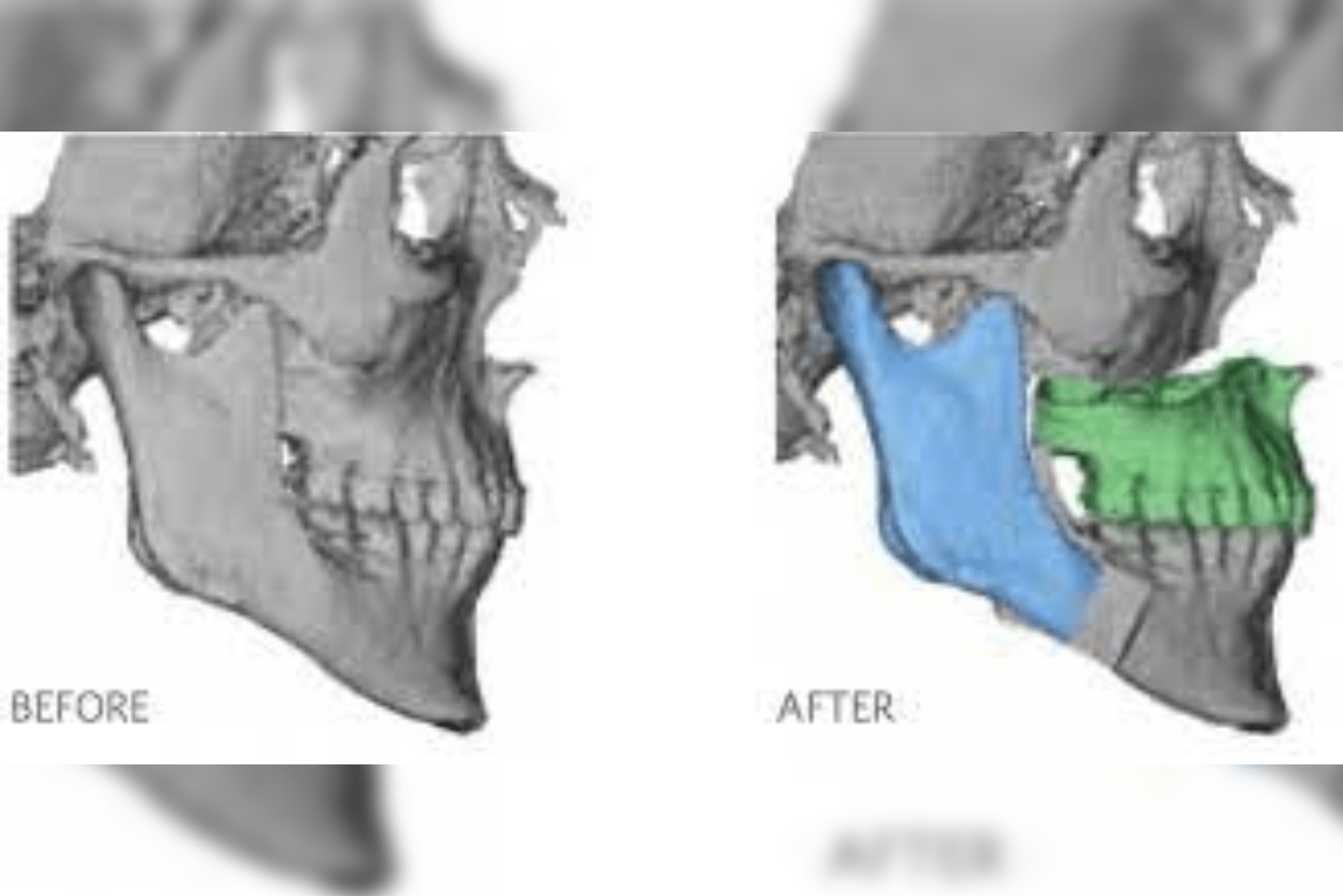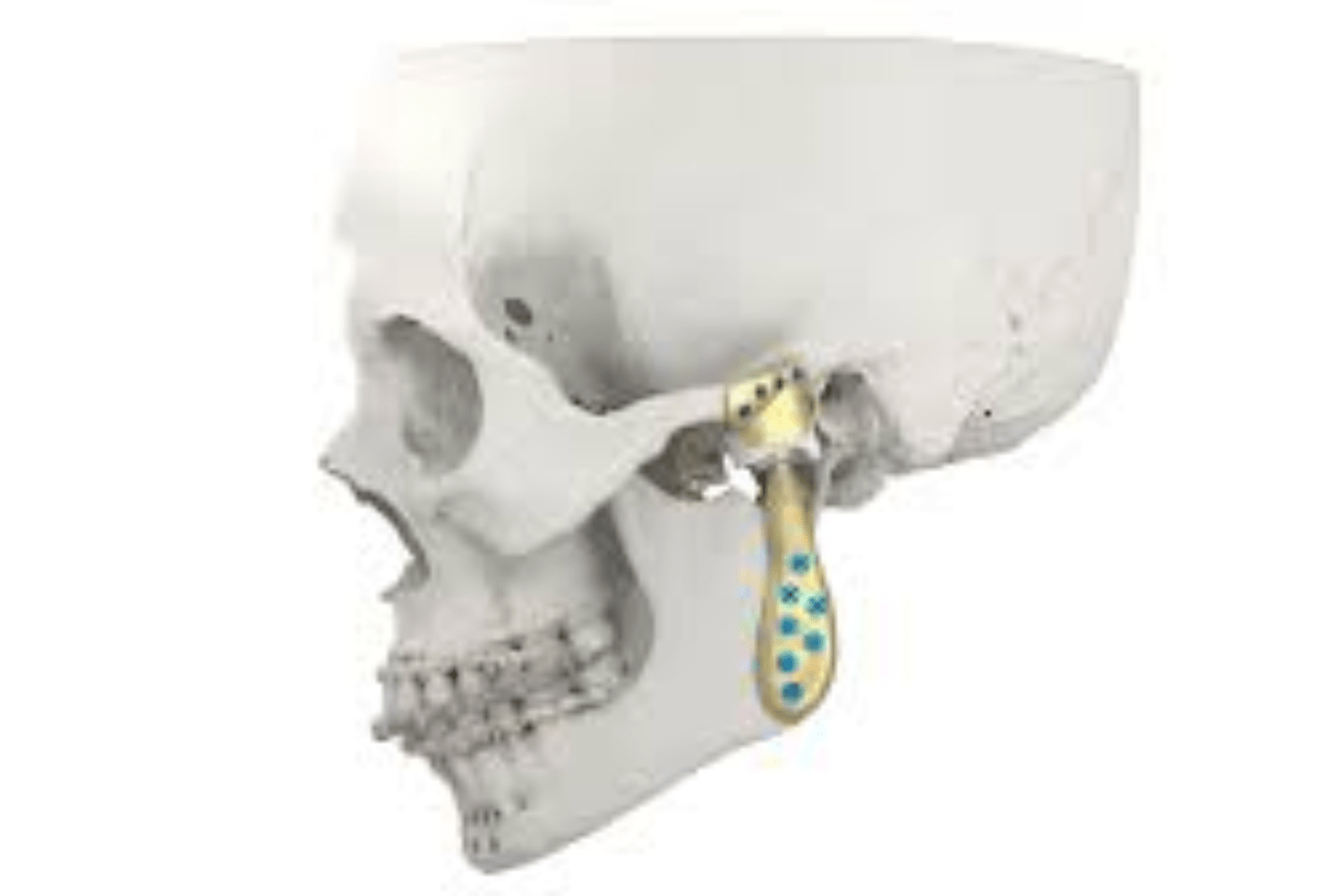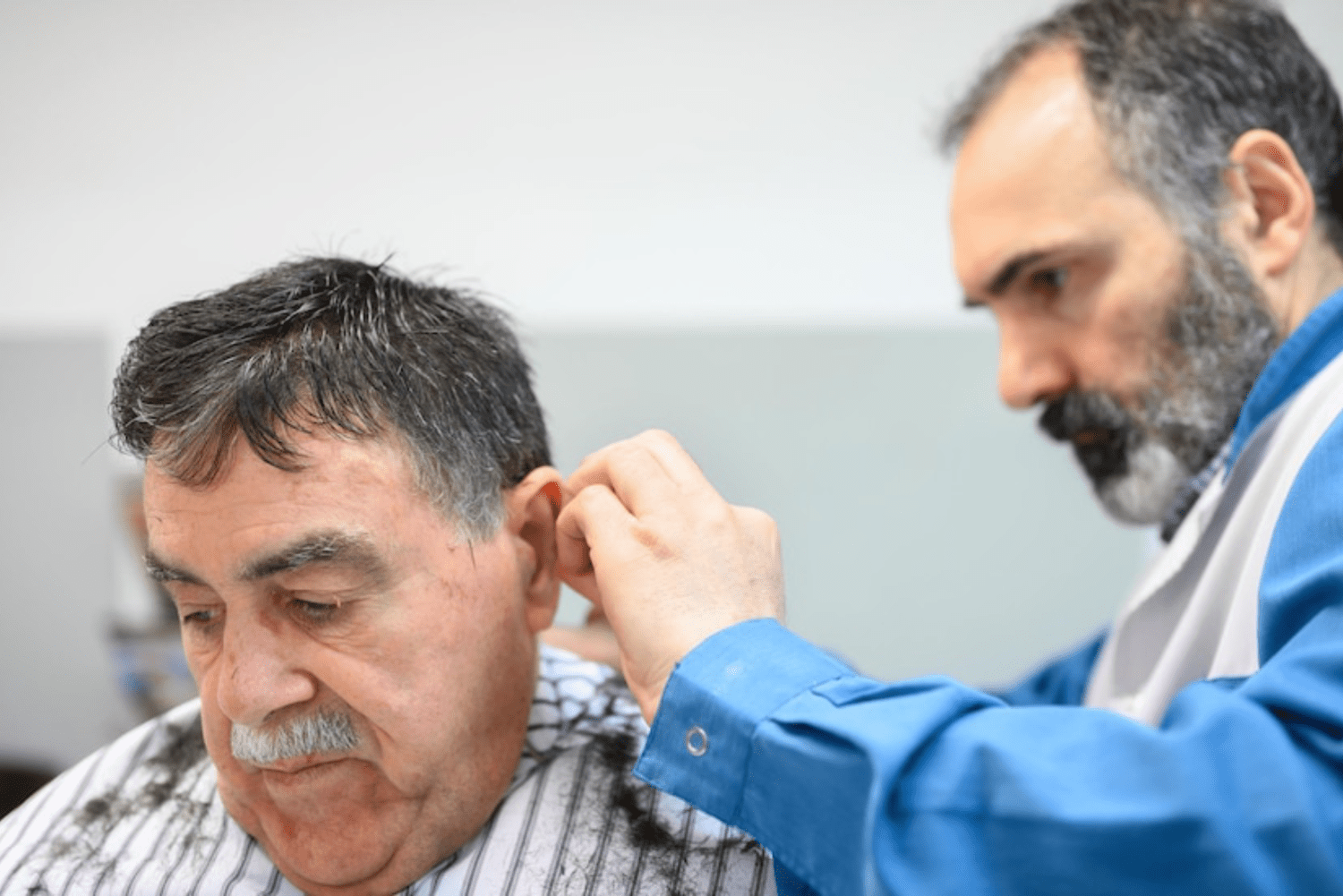TMJ also known as TEMPOROMANDIBULAR JOINT plays a crucial role in our day-to-day life. It helps us in performing various functions like eating, chewing, talking, yawning, and many more.
This joint comprises two segments mainly- the temporal part which is attached to our skull and the mandibular part which is a part of our lower jaw i.e. mandible. Any discrepancy in these components may have a major impact on our lifestyle.
What is a Temporomandibular joint?
The temporomandibular joint is the joint that connects your jaw to your skull. It is located just in front of your ears, where your lower jaw (mandible) meets the (temporal) bone of your skull. It helps in allowing our jaw to do various movements like up and down, side to side, and forward and backward.
The Temporomandibular Joint (TMJ) is a diarthrodial synovial joint i.e rotating-sliding joint with a fibrocartilage-covered condyle, fibrous pad (disc), fibrocartilage lined socket (fossa), ligaments, tendons, blood vessels, and nerves. The fibrous disc functions as a moving shock absorber and stabilizer between the condyle and the fossa. As the jaw opens, the condyle rotates and slides forward with the disc. These anatomical structures appropriately help TMJ function. Any discrepancies will lead to Temporomandibular disorder(TMD).
Problems associated with TMJ disorders-
Clicking of joint- Most commonly seen when we try to open and close our jaws. A popping sound warrants an issue with TMJ.
Dislocation- When the ligaments in TMJ become loose or overstretched it might dislocate the joint. The patient has trouble closing the mouth, predominantly when yawning.
Ankylosis- Ankylosis of the temporomandibular joint is immobility or fusion of the joint. Ankylosis of the temporomandibular joint (TMJ) most often results from trauma or infection, but it may be congenital or a result of rheumatoid arthritis. The patient’s difficulty in opening their mouth has a substantial impact on their daily routine.
Arthritis- Just like other joints, the TMJ can be affected by arthritis. This can cause pain, stiffness, and inflammation.
Chronic or constant headache- Tension in your TMJ joints can often lead to headaches. This tension is commonly caused by: clenching or grinding your teeth also known as bruxism, Osteoarthritis – A type of arthritis, jaw misalignment, and bite misalignment.
Diagnosis of TMJ disorders-
Questions concerning pain and restricted mandibular movements and TMJ sounds:
-Visual examination of the head and neck.
-Palpation of the head and neck—This includes palpation of the individual masticatory(muscles for chewing) muscles for tenderness.
– Listening to TMJ sounds and joint palpation.
-Mandibular movements—For range of motion and deviation.
– Radiographs and other imaging techniques—Our in-house OPG and CBCT help in diagnosing the problems associated with TMJ. MRIs are useful for imaging soft tissues such as the articular disc and joint ligaments
-General oral examination.
-Occlusion.
Signs and symptoms of TMJ pain or disorder–
TMJ disorder (Temporomandibular Joint Disorder) can indeed present in ways beyond the classic symptoms of popping, clicking, and jaw pain. Some other signs and sensations that might indicate TMJ issues include:
Jaw pain- Jaw pain related to TMJ disorder can manifest in various ways. It might be a sharp, sudden pain, such as when opening your mouth wide to yawn, or a constant, dull ache. You may notice that the discomfort is more pronounced in the morning, which could indicate that you are grinding your teeth or clenching your jaw while you sleep. It’s common for both temporomandibular joints to experience pain or discomfort.
Headaches- Headaches linked to TMJ disorder can vary from mild, everyday aches to severe migraines and tension headaches resulting from tight muscles in the face, jaw, neck, and shoulders.
Tooth pain- For many patients, TMJ disorder is caused by nighttime teeth grinding and jaw clenching, which can also cause dental pain. Grinding your teeth wears away the enamel, leading to pain and sensitivity.
Back, neck and shoulder pain- Tension in the jaw often leads to tension in your neck, shoulders, and upper back. These symptoms are very common with TMJ disorder.
Difficulty in opening your mouth or reduced mouth opening- Difficulty opening the mouth fully or a reduced ability to move the jaw from side to side. If the reduced mouth opening is due to Temporomandibular joint ankylosis or fusion then evident facial deformity is present.
Treatment modalities for TMJ pain or Disorder–
There is a wide array of treatment options for Temporomandibular joint disorders available at our center which can help alleviate your suffering-
Medications-
Pain Relievers and Anti-Inflammatories: If over-the-counter pain medications are insufficient, your doctor might prescribe stronger pain relievers, for short-term use.
Tricyclic Antidepressants: Medications like amitriptyline, primarily used for depression, may be prescribed in lower doses to help manage pain, control bruxism, and improve sleep.
Muscle Relaxants: These drugs may be used for a few days or weeks to ease pain resulting from TMJ disorders caused by muscle spasms.
Therapies-
Oral splints or mouth guards (occlusal appliances). Often, people with jaw pain will benefit from wearing a soft or firm device inserted over their teeth
Physical therapy. Along with exercises to stretch and strengthen jaw muscles, treatments might include heat application.
Surgical or other procedures-
- Arthrocentesis- TMJ arthrocentesis represents a form of minimally invasive surgical treatment in patients suffering from internal derangement of the TMJ(articular disc has become displaced from its original position in the condylar head). In cases where the patient is in significant pain and/or dysfunction, despite conservative efforts, arthrocentesis may be considered.
During this treatment, the area around the Temporomandibular joint is numbed with a local anesthetic agent. A needle is first used to inject an anesthetic solution, then, another needle is placed in the front part of the joint to let the fluids flow out.
Next, a flushing solution (like Ringer’s solution or saline) is pumped through the joint to clean out any debris and reduce inflammation. This helps remove harmful particles that may be causing pain. Sometimes, the fluid is injected through both needles in the back of the joint, and the jaw is moved around to help break up any scar tissue and improve the cleaning process.
The goal of this procedure is to relieve pain and improve joint function. While the results can vary and are not always predictable.
- Arthroscopy-
Arthroscopy for TMJ disorders is a gentle, minimally invasive procedure used to check and treat issues with the temporomandibular joint.
Preparation: The area around your TMJ is numbed and this procedure is generally done under General Anaesthesia.
Incision: A tiny cut is made inside your mouth near the temporomandibular joint.
Arthroscope Insertion: A thin, flexible tube with a small camera at the end, called an arthroscope, is inserted through this cut. The camera sends real-time images of the joint to a monitor so that the diagnosis can be made.
Diagnosis and Treatment: The doctor uses the camera to look for problems in the joint. If needed, they can also use small tools inserted through the same incision to clean out the joint, inject medicine to reduce inflammation, remove scar tissue, and more.
- Condylectomy, gap arthroplasty, and interposition arthroplasty- These surgical techniques are mainly used to correct Temporomandibular joint ankylosis or fusion, in which the patient is unable to open their mouth. If ankylosis is not treated properly, it can cause impaired facial growth and development, speech disorders, nutritional disorders, respiratory disorders (tongue falling), etc.
- Total joint replacement- Even after undergoing various surgical procedures to correct ankylosis, relapse is not uncommon. To prevent the repeated trauma of undergoing multiple surgeries, total joint replacement is the optimal choice. As we all are aware, the condition of TMJ ankylosis alters the patient’s eating habits, speech ability, oral hygiene, facial symmetry, and growth development, in recent years, a total joint prosthesis (TJP) has become a widely used method of TJR. Compared with autologous bone grafts, TJP has no risk of alteration in size over time and no need for a donor site. The advantages of alloplastic joint replacement are immediate function, lack of donor site morbidity, reduced operative time, and more predictable outcomes. At our center, numerous patients undergo total joint replacement each year, achieving the most reliable outcomes.
Conclusion- In conclusion, TMJ surgeries can be an effective solution for those struggling with severe temporomandibular joint disorders that don’t respond to other treatments. These surgeries are designed to address issues within the temporomandibular joint, such as pain, stiffness, or structural problems. Options range from minimally invasive procedures, like arthroscopy, which uses small incisions and specialized tools to diagnose and treat problems, to more extensive surgeries for significant joint damage. The choice of surgery depends on the severity of the TMJ disorder and the specific needs of the patient.

